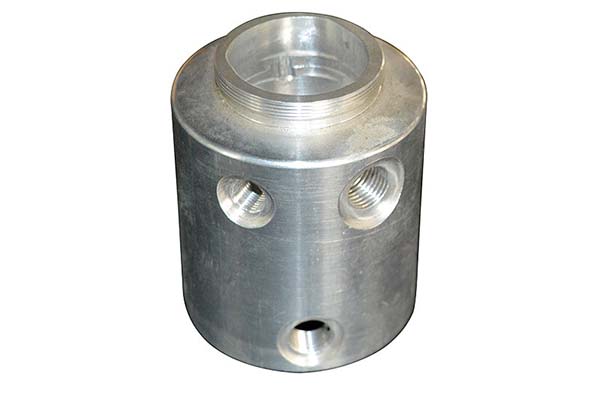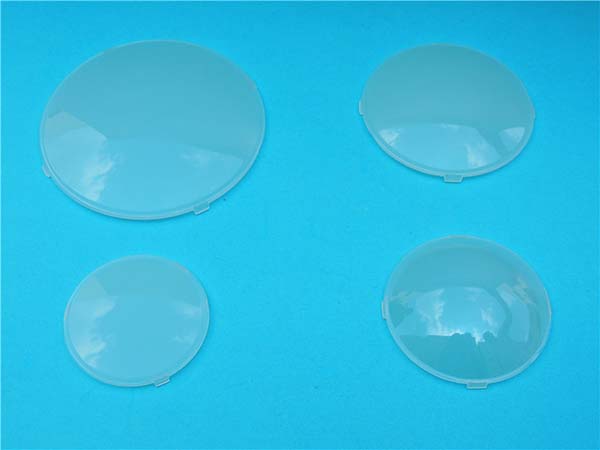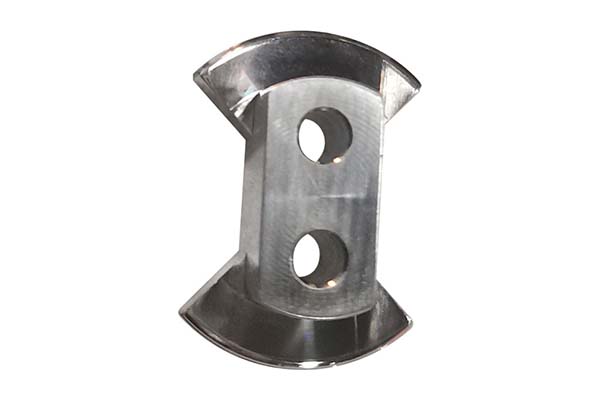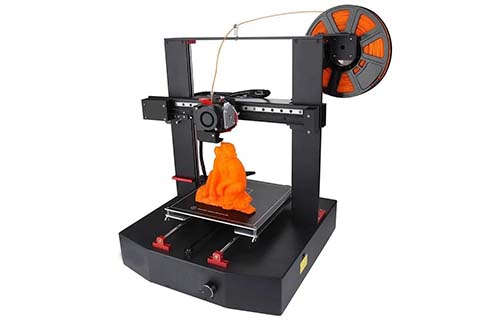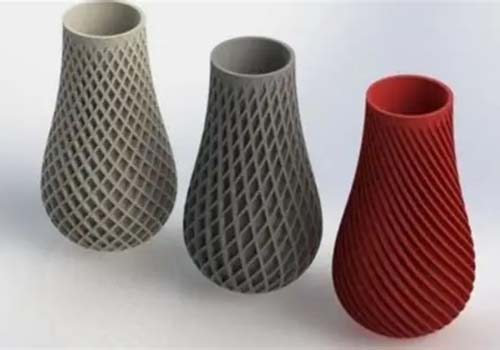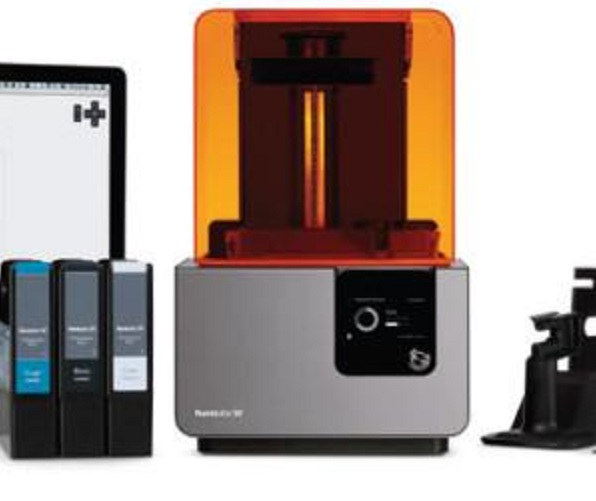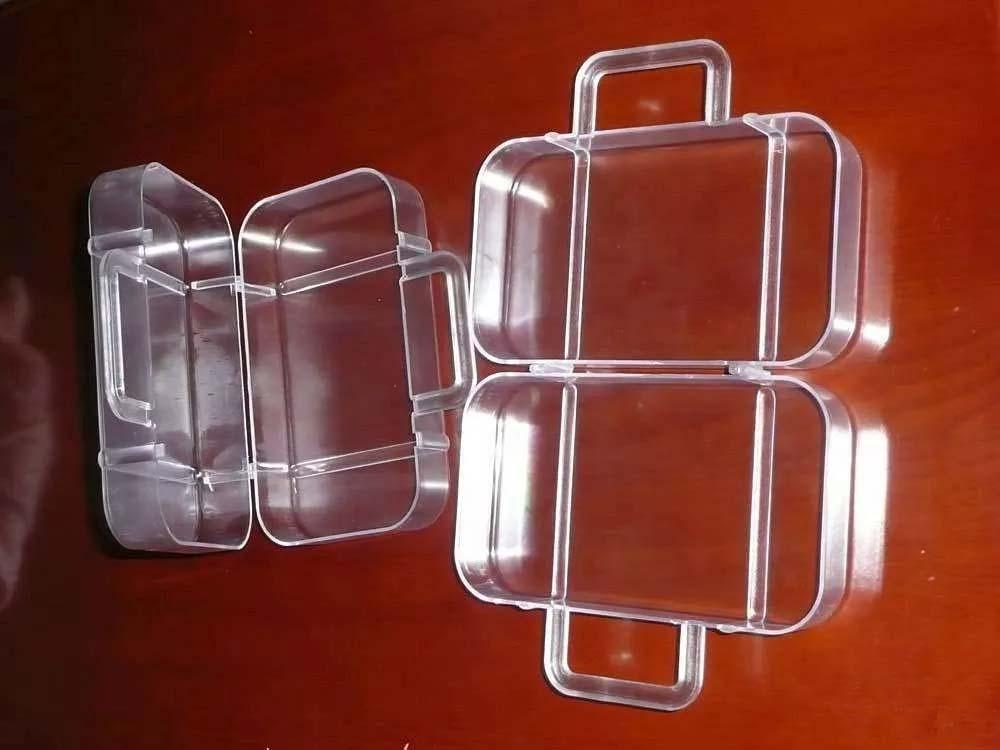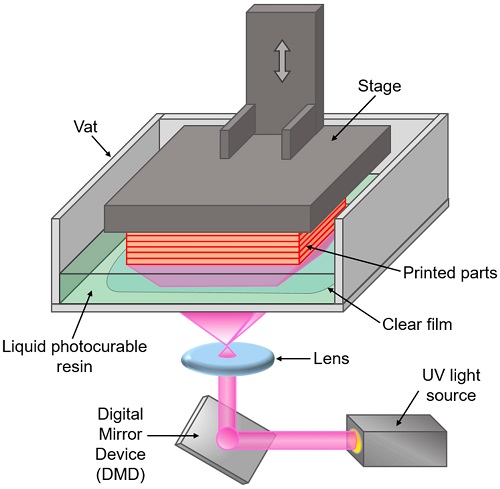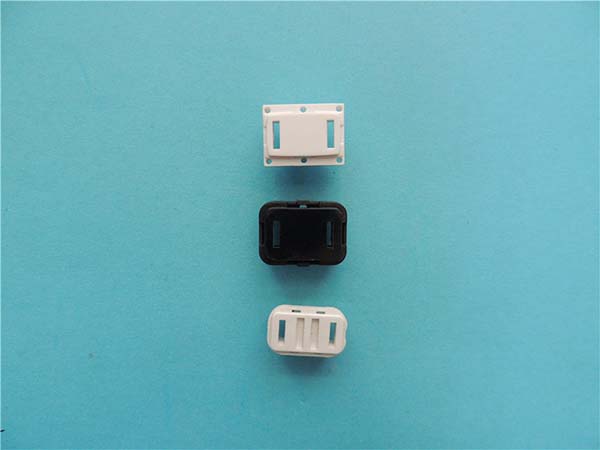What is Nickel Plating?
Nickel plating, in the realm of industrial material processing operations, is the process of depositing a layer of nickel onto the surface of a substrate, typically a metal or in our case, a 3D printed part. Nickel, a silvery - white metal, has several remarkable properties that make it highly desirable for plating. It is corrosion - resistant, which means it can protect the underlying material from rust and other forms of degradation. For example, in humid environments, nickel - plated objects are less likely to develop rust compared to non - plated ones.
Nickel also has good hardness and wear - resistance. When plated onto a part, it can enhance the part's durability, especially in applications where the part is subject to friction. This is why nickel plating is often used in mechanical components that experience constant rubbing or abrasion. Additionally, nickel has a relatively smooth surface finish, which can improve the aesthetic appeal of the plated object. It gives a shiny, lustrous appearance that is both visually appealing and can also be beneficial in some functional applications where a smooth surface reduces drag or improves the flow of fluids.
Process of Nickel Plating 3D Printed Parts
1. Preparation
Before nickel plating, 3D printed parts require meticulous preparation. First and foremost, cleaning is essential. 3D printed parts often have residues from the printing process, such as loose powder particles in powder - bed fusion 3D printing or uncured resin in stereolithography. These residues can prevent the proper adhesion of the nickel layer. For example, using ultrasonic cleaning in a suitable solvent like isopropyl alcohol can effectively remove these contaminants.
After cleaning, the parts usually undergo a process of surface roughening. This is crucial because a roughened surface provides more surface area for the nickel to adhere to. Chemical etching with mild acids can be used to create a rough texture on the part's surface. By increasing the surface area, the bond between the 3D printed substrate and the nickel layer becomes stronger, reducing the likelihood of delamination during the plating process or in subsequent use.
2. Electroplating or Electroless Plating?
There are two main methods for nickel plating 3D printed parts: electroplating and electroless plating, each with its own set of advantages and disadvantages, as shown in the table below:
| Method | Advantages | Disadvantages |
| Electroplating | - High - deposition rate, which can save time in large - scale production. - Precise control over the thickness of the nickel layer. For example, in applications where a very specific thickness of 10 - 20 micrometers is required, electroplating can achieve this accurately. | - Requires an electrical connection to the 3D printed part, which can be challenging for complex geometries. - The need for a power source and an electrolyte bath with specific electrical conductivity requirements. |
| Electroless Plating | - Can coat complex 3D printed geometries uniformly without the need for an electrical connection. This is ideal for parts with internal cavities or intricate features. - Produces a more uniform coating thickness across the part. | - Slower deposition rate compared to electroplating. - The chemicals used in electroless plating are often more expensive, increasing the overall cost per part. |
3. Post - treatment
After nickel plating, post - treatment steps are necessary to enhance the quality and stability of the nickel - plated layer. One common post - treatment is passivation. Passivation involves treating the nickel - plated surface with chemicals, such as chromates (although there are also chromate - free alternatives due to environmental concerns). This treatment forms a thin, invisible oxide layer on the nickel surface. This oxide layer acts as a barrier, further protecting the nickel from corrosion and oxidation.
Another important post - treatment is sealing. Sealing is especially crucial when the nickel - plated parts are exposed to harsh environments. Sealants can fill in any micro - pores or defects in the nickel layer, preventing moisture and other corrosive substances from reaching the underlying 3D printed material. For example, organic sealants or wax - based sealants can be applied, which not only improve the corrosion resistance but also enhance the overall appearance and durability of the nickel - plated 3D printed parts.
Yigu Technology's View
As a non - standard plastic metal products custom Supplier, Yigu Technology has a deep - seated understanding of nickel plating 3D printed parts. We pride ourselves on our state - of - the - art technology in this field. Our advanced electroplating and electroless plating equipment can handle a wide range of 3D printed part geometries with precision.
With years of accumulated experience, our team has successfully completed numerous projects involving nickel plating for 3D printed parts. We understand the nuances of different 3D printing materials and how to best apply nickel plating to them. For example, we know exactly how to adjust the plating process for parts made from PLA, ABS, or metal - based 3D printing materials to ensure optimal adhesion and quality of the nickel layer.
Quality control is at the core of our operations. We have strict inspection procedures at every stage of the nickel plating process, from the initial preparation of the 3D printed parts to the final post - treatment. This ensures that every nickel - plated 3D printed part leaving our facility meets the highest industry standards in terms of corrosion resistance, surface finish, and durability.
FAQ
1. What materials are suitable for nickel plating on 3D printed parts?
For 3D printed parts, materials like some plastics and metals are suitable for nickel plating. Engineering plastics such as ABS (Acrylonitrile Butadiene Styrene) and PLA (Polylactic Acid) can be nickel - plated. ABS has good mechanical properties and surface adhesion, which allows the nickel layer to bond well. PLA, being a biodegradable plastic, also can be plated after proper surface treatment. Among metals, stainless steel 3D printed parts can be nickel - plated. Nickel plating on stainless steel can further enhance its corrosion resistance and surface hardness, especially in harsh environments. Additionally, aluminum - based 3D printed parts can also be nickel - plated. Aluminum is lightweight, but its surface is relatively soft and prone to corrosion. Nickel plating can protect the aluminum substrate and improve its wear - resistance and aesthetic appearance.
2. How thick should the nickel plating layer be?
The thickness of the nickel plating layer usually ranges from 5 to 75 micrometers, depending on the application. For parts in mild service conditions, a thickness of 5 - 13 micrometers may be sufficient. In such cases, the nickel layer can provide basic protection against corrosion and minor wear. For components in more demanding applications, like those in the automotive or aerospace industries that are subject to high stress, abrasion, and harsh environmental conditions, a thickness of 25 - 75 micrometers is often required. A thicker nickel layer in these applications can better resist corrosion, improve wear - resistance, and enhance the mechanical strength of the 3D printed part. However, an overly thick layer may also increase the cost and weight of the part, and in some cases, may even affect the part's performance negatively due to internal stress build - up.
3. Is nickel plating environmentally friendly?
Nickel plating, especially traditional electroplating methods, can have environmental impacts. The process often uses chemicals such as nickel salts, acids, and bases. Nickel salts, if not properly treated, can be harmful to the environment as nickel is a potentially toxic heavy metal. The waste solutions from nickel plating can contaminate water sources if discharged without treatment. However, there are several ways to make nickel plating more environmentally friendly. One approach is to use closed - loop systems in electroplating, which can recycle and reuse the plating solutions, reducing the amount of waste generated. Another method is to adopt more environmentally friendly plating technologies, such as some newly developed electroless plating processes that use less harmful chemicals. Additionally, proper waste treatment, including the use of filtration, precipitation, and ion - exchange techniques, can remove nickel and other contaminants from the waste solutions before they are discharged, minimizing the environmental impact.
